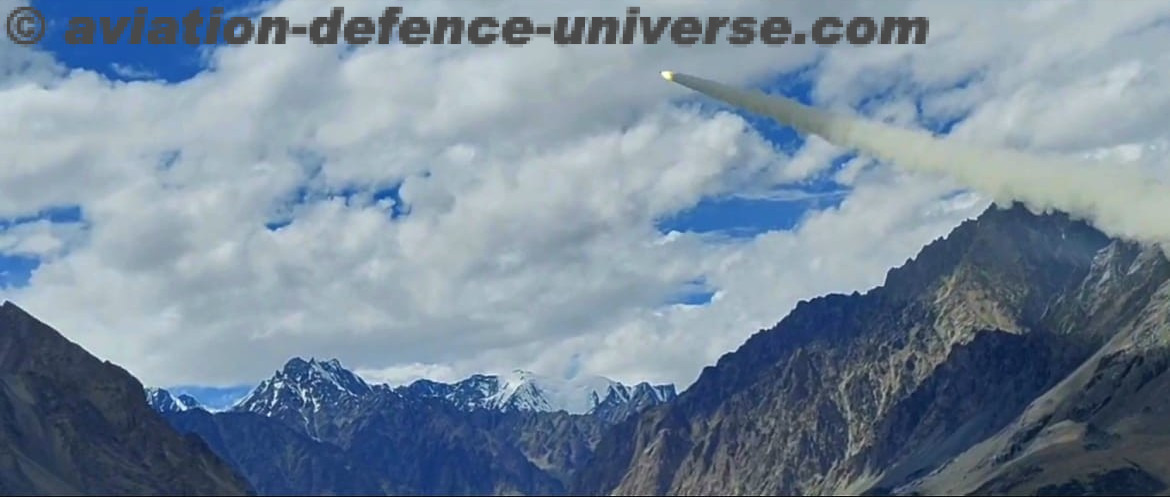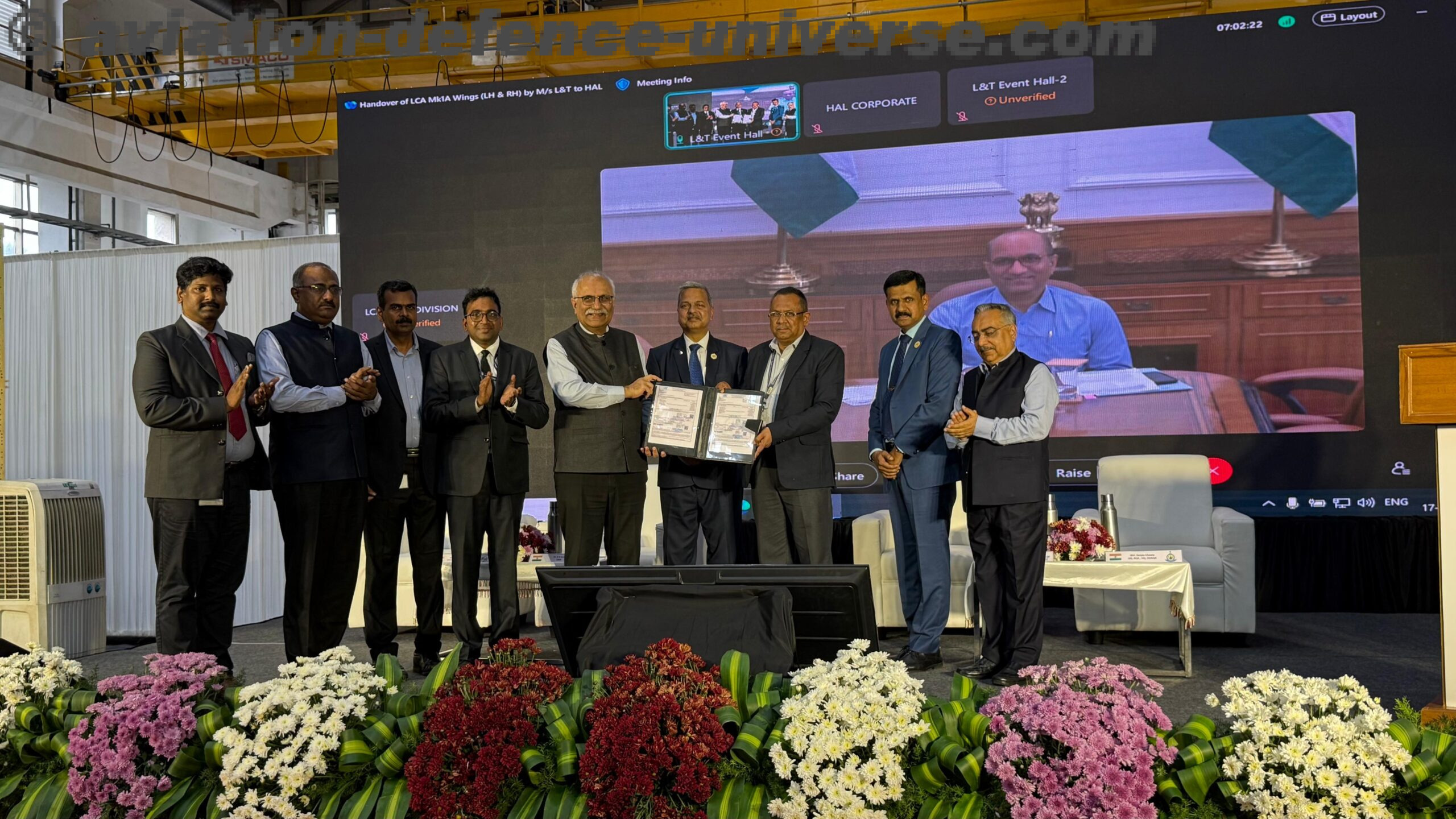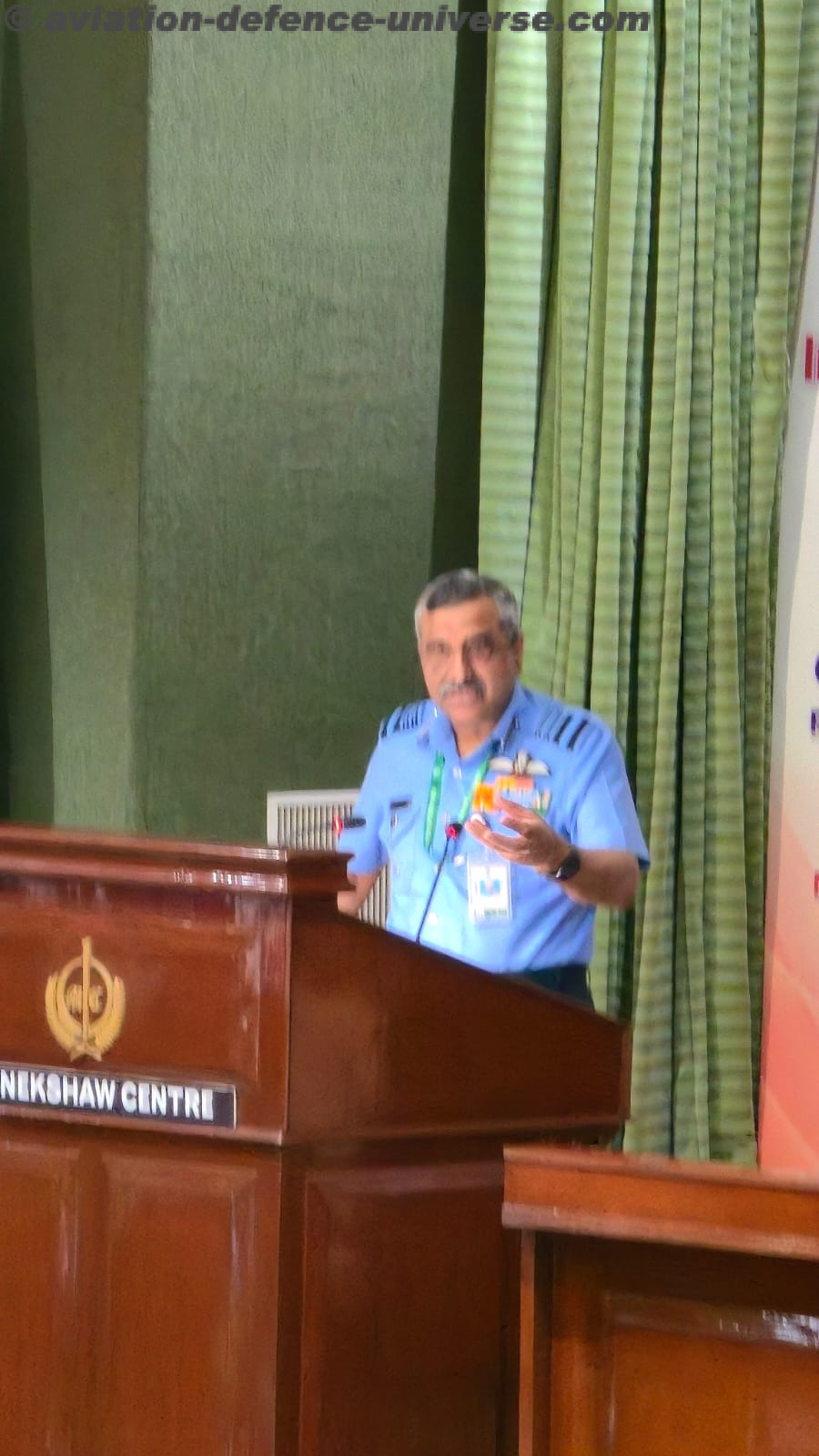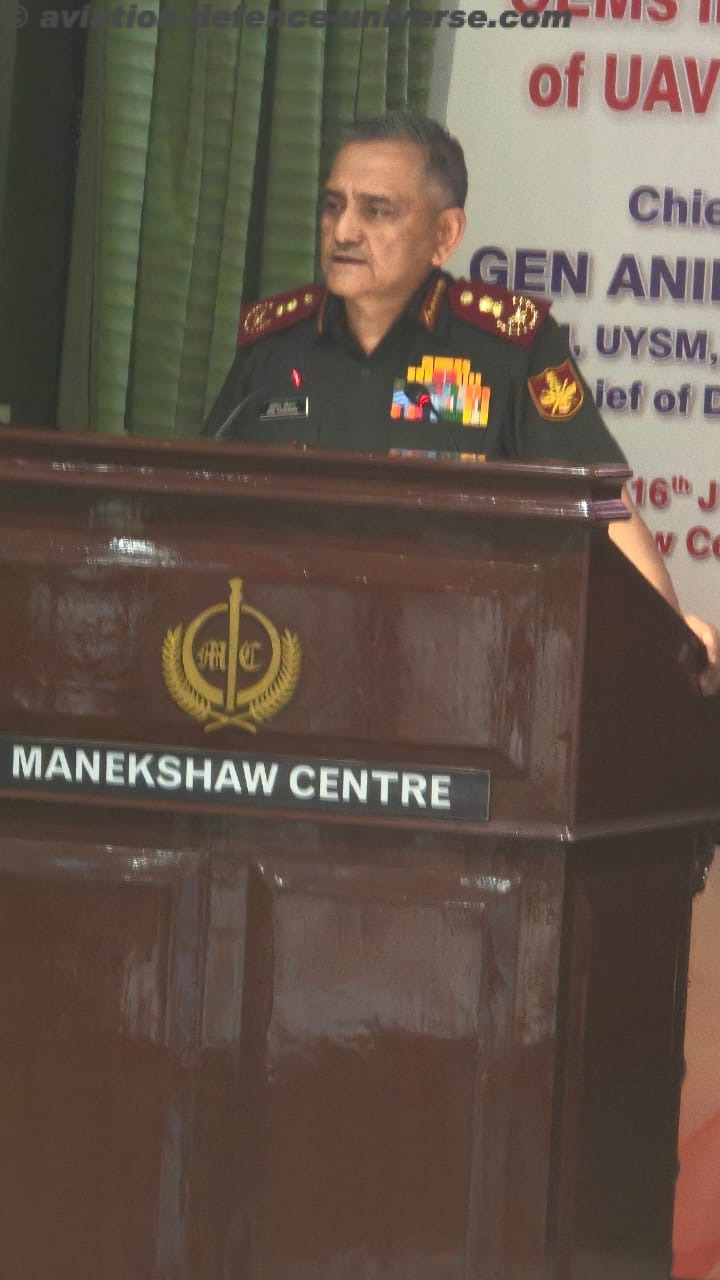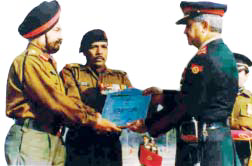
Pune , January 25 2020 , Meghdoot – Siachen ,Siachen means the place of roses. But the 72 km Saichen Glacier in the Karakoram range is more like a thorn in the rose bush. It has a number of peaks, side valleys and at its head lies Indira Col, the divide between South and Central Asia. On the west lies the Pakistani controlled West Karakoram, and towards the east is the Shyok Basin, forming the border with China. Because of this geographical location, the glacier is of strategic value.
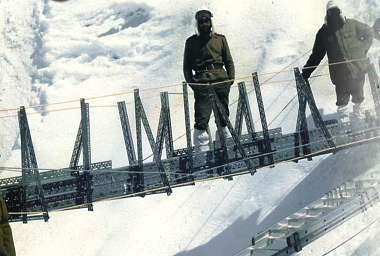
The roots of the conflict over Siachen lie in the non-demarcation on the western side on the map beyond NJ 9842. The 1949 Karachi Agreement and the 1972 Simla Agreement presumed that it was not feasible for human habitation to survive north of NJ 9842. Prior to 1984 neither India nor Pakistan had any permanent presence in the area. But in 1984 when Pakistan, in an attempt to reinforce their claim on the area, gave permission to a Japanese expedition to attempt Rimo Peak, the Indian Army decided to prevent the expedition from proceeding. On 13 April 1984, it made a pre-emptive move into the glacier to defend the territory and the peaks and passes around it, when it launched Op ‘Meghdoot’, named after the divine cloud messenger in Hindu mythology.
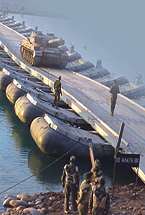
The Indian Army controls the high ground and the Pakistanis, the low ground, so they cannot get up to the glacier, while the Indians cannot come down. Presently India holds two-thirds of the glacier and commands two of the three passes. Pakistan controls Gyong La Pass that overlooks the Shyok and Nubra river Valleys and India’s access to Leh district. The battle zone comprises an inverted triangle resting on NJ 9842 with Indira Col and the Karakoram Pass as the other two extremities.
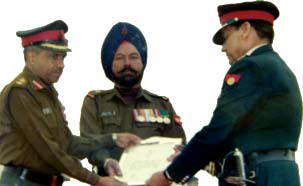
In May 1984, 99 Field Company of 101 Engineer Regiment was inducted in the sector to facilitate movement of personnel. The Company constructed a Class 9 track of approximately 50 km which involved dozer work and blasting along almost the entire length of track and by constructing a number of bridges, causeways, fords and culverts, to make it possible for crossing GRADS across the Nubra river. 116 Engineer Regiment was tasked to provide infrastructure at the Base Camp, Thoise and the glacier including a helipad, snow huts, a 30 km mule track and a Class 9 track. Inducted in July 1988, 113 Engineer Regiment carried out important innovations and improvisations such as a guided haulage system to inaccessible piquet’s, Dexin bridges for crossing of crevasse and Dexin skid board huts for the glacier.
Op Vijay – Kargil 1999
Prior to 1947, Kargil was a part of Gilgit-Baltistan. After the defeat of Pakistan in the Indo-Pakistan War of 1971, it came into Indian territory. Now it is a town in Jammu and Kashmir. It lies on the Line of Control 120 kms from Srinagar, facing the Northern Areas of Pakistan, and is the only district in the Ladakh subdivision that has a Muslim majority. A national highway connecting Srinagar to Leh cuts through Kargil.
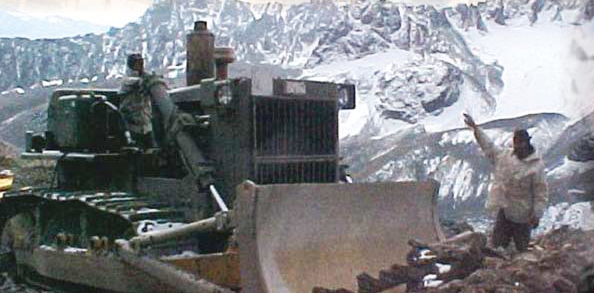
In 1999 some elements in the Pakistan Army covertly trained and sent troops and paramilitary forces, some allegedly in the guise of mujahideens, into Indian territory. The aim was to sever the link between Kashmir and Ladakh, and cause Indian forces to withdraw from the Siachen Glacier, thus forcing India to negotiate a settlement of the broader Kashmir dispute.
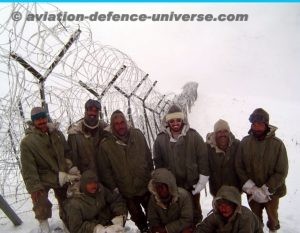
Because of the extreme winters in Kashmir, the Indian Army withdraws forward posts at the onset of winter, to reoccupy them in the spring. In late May 1999, the Pakistan Army decided to occupy the vacated Kargil posts, in an attempt to control the area. Troops from the elite Special Services Group as well as battalions of the Northern Light Infantry (a paramilitary regiment not part of the regular Pakistani Army at that time) backed by Kashmiri guerrillas, set up bases on vantage heights. The Government of India responded by mobilizing 200,000 troops for the forcible eviction of the enemy.
Supported by the Air Force it attacked the Pakistani positions and eventually forced a withdrawal across the Line of Control. The war was fought at high altitudes, in mountainous terrain, and posed significant
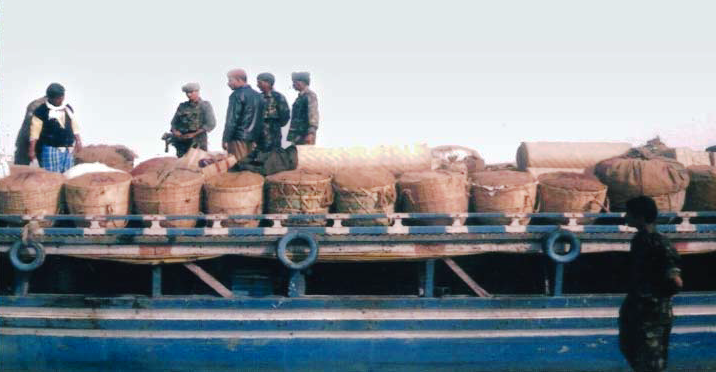
logistic problems for the attacking sides. However, because of the nature of the terrain, division and Corps operations could not be mounted and most of the fighting was at the unit level.
It was indeed a matter of great pride and privilege that complete engineer support to the Indian Army during the Kargil War was provided by the Bombay Sappers.Six regiments along with detachments of 411 (Independent) Parachute Field Company took part in this operation. 106 Engineer Regiment was at Mashkoh and Batalik, while detachments of 411(Independent) Parachute Field Company with Para Commando units were at Mashkoh and Point 4905. 110 & 116 Engineer Regiments were at Dras, 108 Engineer Regiment was at Kargil and Batalik while 112 and 270 Engineer Regiments were in Batalik.
Op Parakram
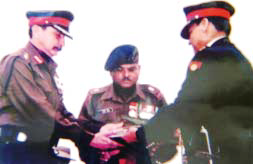
The Sappers, as usual, bore the brunt of physical execution of offensive and defensive tasks, with the major and critical activity being mine-laying. All Bombay Sappers Engineer Units involved, executed the entire spectrum of engineering tasks including mine laying, obstacle preparation, construction of defences and fortifications, construction of operational tracks, bridges and ferries, helipads and protection of utilities. However, the most arduous task for the entire Indian Army was the de-mining operations post stand-down. The Bombay Sappers again came to the fore de-mining under difficult terrain and working against deadlines, to enable post-operation rehabilitation to commence.
Op Bajrang & Rhino
Formed in 1979, the United Liberation Front of Asom (ULFA) became a force to reckon with in the late 1980s. It virtually ran a parallel government in the State between 1988 and 1990 till New Delhi cracked down by ordering full-fledged Army action. Op ‘Bajrang’
Launched in November 1990 to flush out ULFA, this was one of the largest Army operations ever. Although a number of camps and hideouts were destroyed, none of the top leaders could be arrested. ULFA spread misinformation about alleged Army excesses after the completion of this operation. Op ‘Rhino’
Launched in September 1991 after Assam was declared ‘disturbed’, the Army, Police and Paramilitary forces sealed ULFA’s escape routes to the neighboring States. In the first week itself, 500 guerrillas were apprehended, and over 12 hideouts destroyed. Bombay Sappers units were actively involved in Counter Insurgency operations in the North Eastern States of Assam, Manipur and Nagaland. The tasks executed by units involved ferrying Infantry across fast flowing
rivers including the Brahmaputra, search for mines/IEDs and their neutralization, cordon and search operations, construction of detention camps, and providing IED & mine detector teams along with convoy protection parties, protection of vulnerable areas and places and civic action. In addition to engineer support tasks, additional responsibility was given for construction of jails and police outposts at Jorhat, Golaghat, Misa Nagaon and Satgaon(Narangi), flag marches in various towns, construction of school buildings, fishery projects, and construction of a multi discipline stadium.
Op ‘Rhino (E)’
As a result of the military operations ‘Bajrang’ and ‘Rhino’, the ULFA shifted its bases to the Himalayan Kingdom of Bhutan. The operation against the ULFA insurgent camps based in Bhutan commenced on 15 September 1991. The Royal Bhutan Army (RBA), in conjunction with the Indian Army launched an operation in December 2003, to flush out the militants occupying permanent bases in Bhutanese territory.
Op Deewar -2004
The construction of a highly complex and effective barrier to fence off the Line of Control (LC) was codenamed Op “Deewar”. Erected well inside Indian territory, the LC fence passes through some of the most inhospitable terrain in the subcontinent, covering jungles, rocky mountains, slopes covered by snow in winter, deep gorges and valleys with fastflowing streams.
The task carried out under adverse weather and terrain conditions with personnel working under sub zero temperature, involved the site clearance for erecting the fence using both manual and mechanical means, felling of trees, bridging of gaps with culverts and bridges, construction of retaining walls and pitting for the erection of posts.
At places the LC Fencing alignment passed through existing minefields which involved deliberate breaching operations.
The progress of task was hindered due to bad weather and shortage of mules/porters. Mortar & artillery shelling from across the LC were routine features. Additional sentries were required to be posted due to chance encounters with terrorists.
The challenges in the inhospitable terrain provided opportunities to the Officers to display their foresight in planning and execution of tasks. The Jawans upheld the motto of Sappers by their exemplary performance, exhibiting qualities of grit, courage and tenacity in extremes weather and inhospitable areas. The Bombay Sappers maintained their ethos of successful completion in the constricting time limits laid down meeting the deadlines.











